Plyometric exercises play a crucial role in rehabilitation, especially for individuals recovering from ACL injuries. Dive into a comprehensive series of exercises aimed at refining landing mechanics, enhancing jumping and landing techniques, and gradually progressing towards more challenging plyometric movements. This blog offers you the complete breakdown of these exercises and how they contribute to a successful rehabilitation process.
Perfecting Landing Mechanics
Optimizing landing mechanics is key to preventing injuries and improving performance. Efficient absorption of impact minimizes stress on joints, reducing the risk of ACL tears. Perfecting these techniques enhances power utilization, boosting athletic performance across various activities. Focus areas include controlled movements, weight distribution, and precise power usage, ensuring safe and effective rehabilitation movements.. Here’s a guide on practicing perfect landing mechanics:
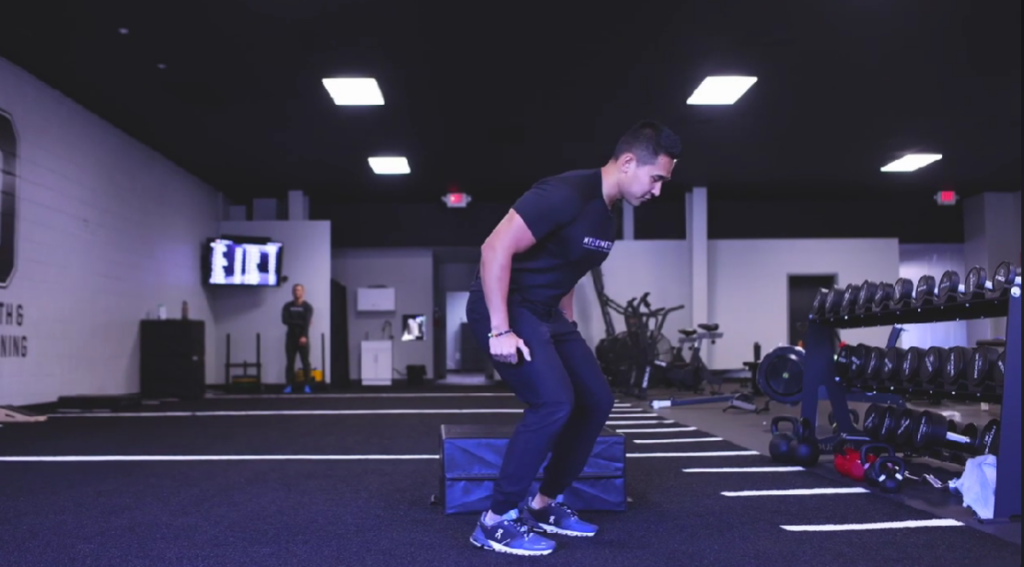
- Stand with feet directly beneath the hips, weight distributed through the midfoot with slightly elevated heels.
- Maintain an athletic stance with most weight on the midfoot and slight elevation of the heels.
- Perform a controlled descent from toes to heels, focusing on loading into the hips.
- Incorporate a small hop after the descent to reinforce proper landing mechanics.
Introduction to Jumping and Landing
Moving forward, the progression introduces static and countermovement jumps. Static movements focus on starting and landing in the same position, while counter movements involve an initial upright stance followed by a deliberate pull-down and propulsion upward. The latter generates greater force, marking the second step in the plyometric progression. Here’s how to do it.

- Static Movements: Initiate from a static position, focusing on starting and landing in the same position to master controlled jumps.
- Counter Movements: Start from an upright stance, deliberately pull down, generate force, and propel upward for more powerful jumps.

Adding Complexity: Jumping & Landing with Rotation
The exercises progress to incorporating directional changes while jumping and landing. Practice turning 90 degrees while maintaining proper hip-based landings. As the comfort level increases, the addition of a box heightens the challenge, prompting you to jump, rotate, and land before stepping down and repeating the sequence in various directions. Here is how to do it.
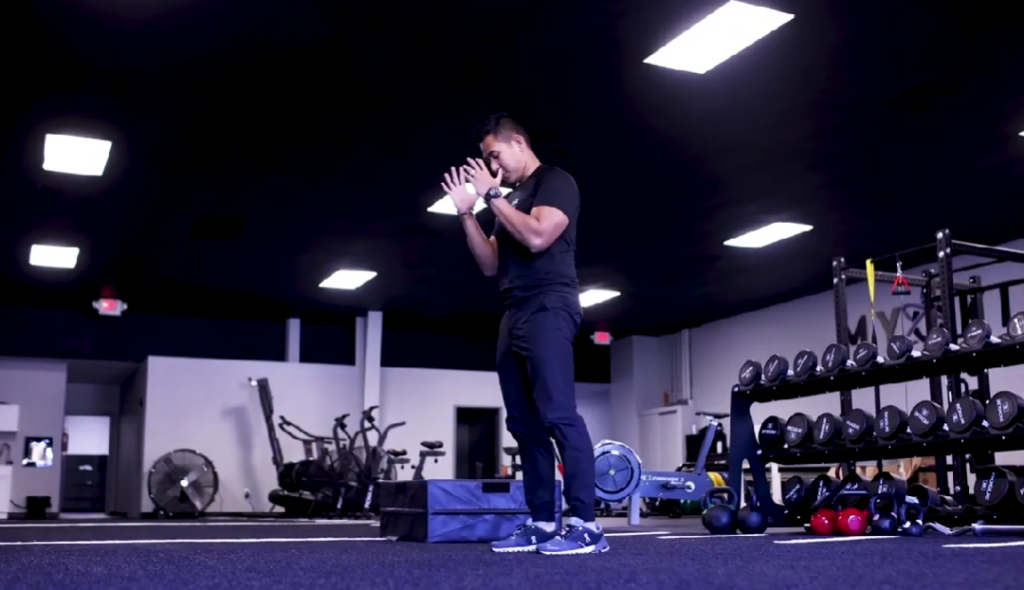

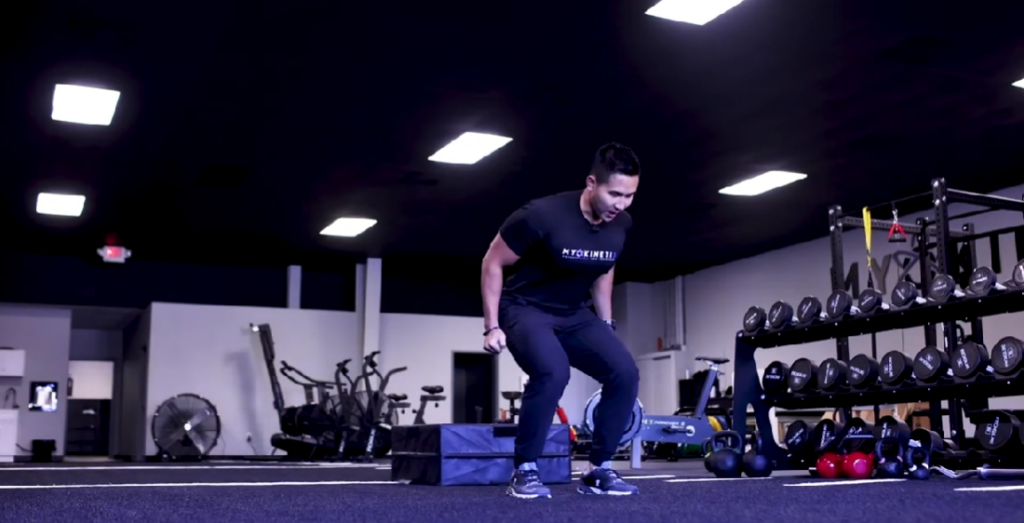
- 90-Degree Turns: Jump, rotate 90 degrees, and land while focusing on maintaining proper hip-based landings.
- Incorporating a Box: Jump, rotate, land on an elevated surface, step down, and repeat in different directions.


Box Jumps: Elevating the Challenge
Box jumps amplify the difficulty level. Participants are encouraged to execute non-counter and counter movements from the ground onto a raised surface. These exercises emphasize force generation and precise landing techniques to ensure safety and effectiveness.
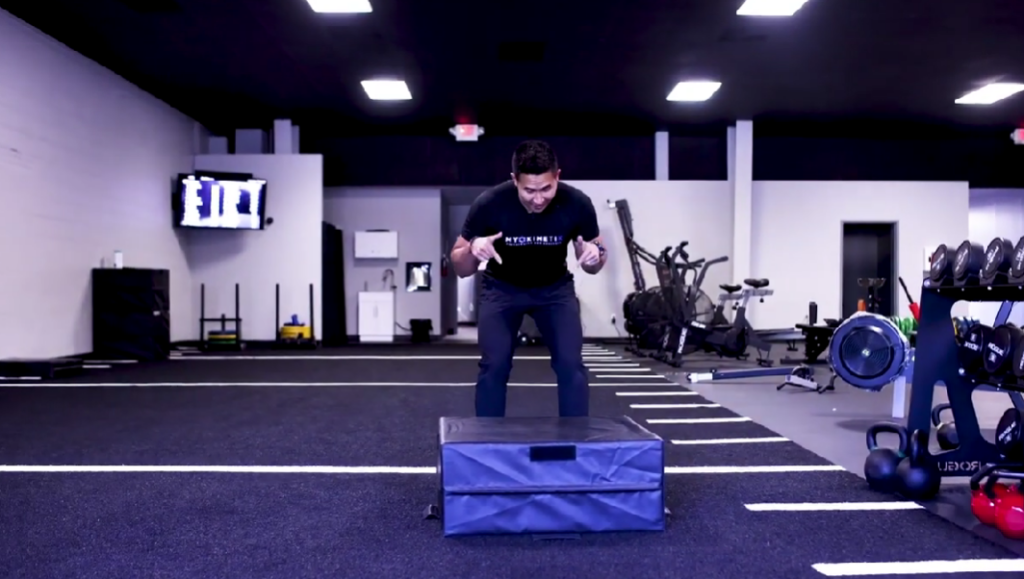
- Non-Counter Movements: Execute jumps from the ground onto a raised surface, emphasizing force generation and precise landings.
- Counter Movements: Incorporate deliberate pull-downs and upward propulsion while jumping onto the box, ensuring controlled landings.
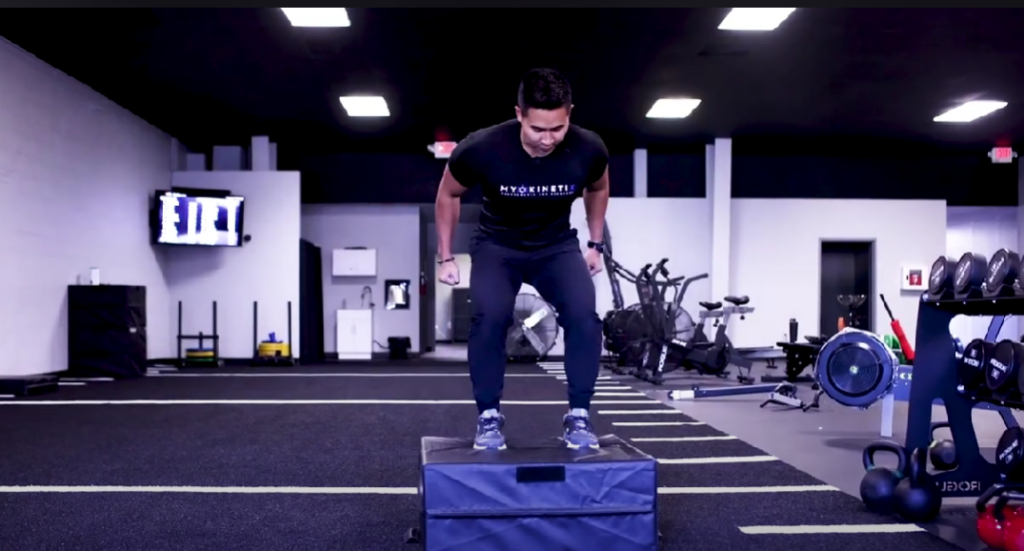
Transition to Single Leg Movements
Advancing further, the focus shifts to single-leg plyometrics. Similar to the initial exercises, individuals practice single-leg landing mechanics, concentrating on loading the hips and maintaining stability. Both non-counter and counter movements are introduced to enhance strength and balance on each leg.
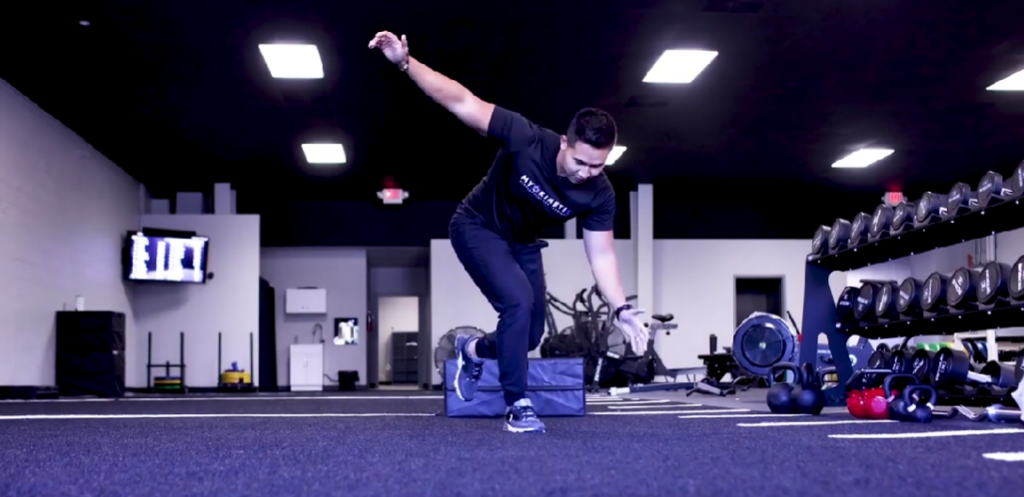

- Single-Leg Landing: Practice landing on one leg, focusing on loading the hips and maintaining stability.
- Non-Counter & Counter Movements: Perform single-leg jumps using both techniques to enhance strength and balance.
Mastery Through Progressive Hopping
The progression culminates with a hop test, a pivotal component in ACL rehabilitation. Starting with single hops and gradually advancing to triple hops and crossover hops, individuals refine their ability to generate power, maintain balance, and stick landings, all while protecting the knees and hips.
- Single Hops: Execute single-leg hops to generate power, maintain balance, and perfect landings.
- Triple Hops: Progress to three consecutive hops while ensuring continued control and stability.
- Crossover Hops: Perform hops with lateral movement, maintaining precise landings in different directions.



Mastering Directional Changes
Finally, the plyometric series concludes with challenging single-leg hops in various directions. Participants perform non-counter and counter movements, incorporating directional changes and rotations to boost confidence and agility in jumping and landing scenarios.


- Non-Counter & Counter Movements: Execute single-leg hops while incorporating directional changes and rotations.
- Challenge and Agility: Focus on boosting confidence and agility by changing directions and landing precisely.
By following this comprehensive plyometric progression, individuals undergoing ACL rehabilitation can gradually enhance their strength, stability, and confidence in jumping and landing mechanics. By applying this approach you can ensure a systematic advancement from foundational techniques to complex movements, fostering a safer and more effective recovery process.
The team of healthcare professionals at Myokinetix is focused on empowering individuals to enhance their performance and recovery with cutting-edge facilities and specialized resources and expert guidance for a successful rehabilitation process.
Whether you’re an athlete aiming for peak performance or seeking to return to daily activities, Myokinetix is a community that is dedicated to guiding you toward a successful recovery, reclaiming strength, and embracing life to the fullest.
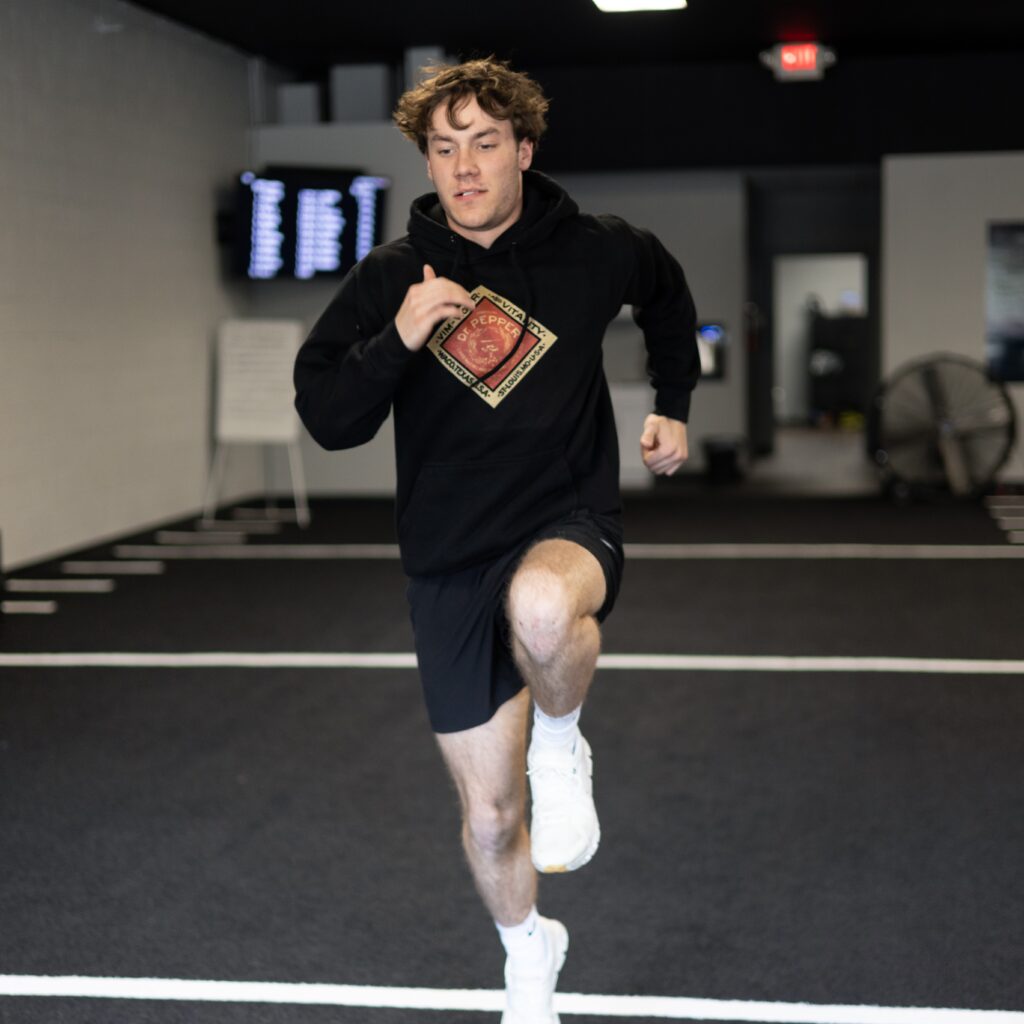
Become part of our thriving community now and witness inspiring milestones with a supportive environment that motivates progress and a successful rehabilitation process.
Book a call with us today to start your journey!
